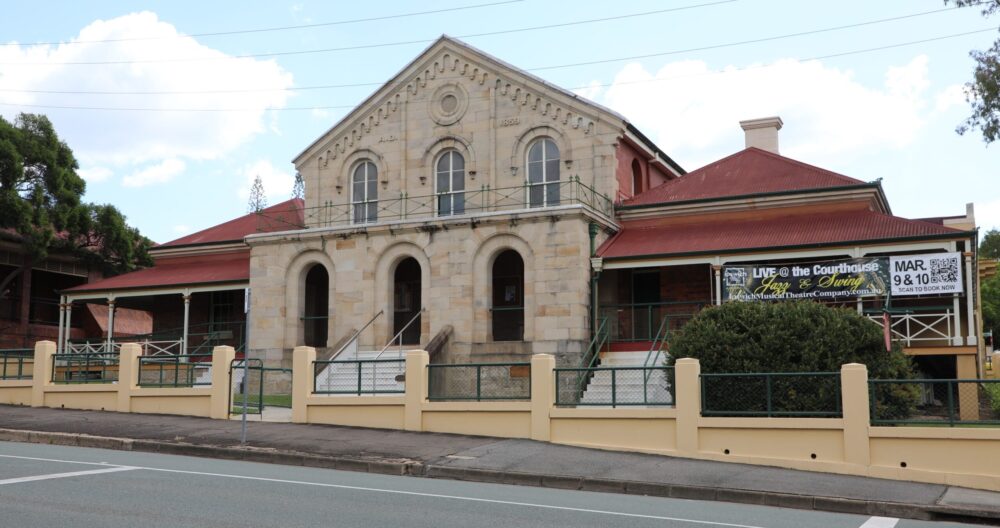The annual State of Origin rugby league series has become part of Australian folklore for its ferocity on the field and the single-mindedness of its supporters off the field.
However, the battle lines between New South Wales and Queensland go much deeper than their sporting rivalry and extend back to the original separation of the colonies in 1859.
The Old Ipswich Courthouse, on the corner of East and Roderick streets, is a case in point and may have an argument to be the original ‘state of origin’ dispute.
Originally designed by Charles Tiffin, the 1859 single-storey sandstone and brick Romanesque building remains one of the state’s iconic buildings.
The courthouse was the earliest major work of Tiffin, who was Clerk of Works for Moreton Bay, and became the first Queensland Colonial Architect.
It is also central to the story of Ipswich.
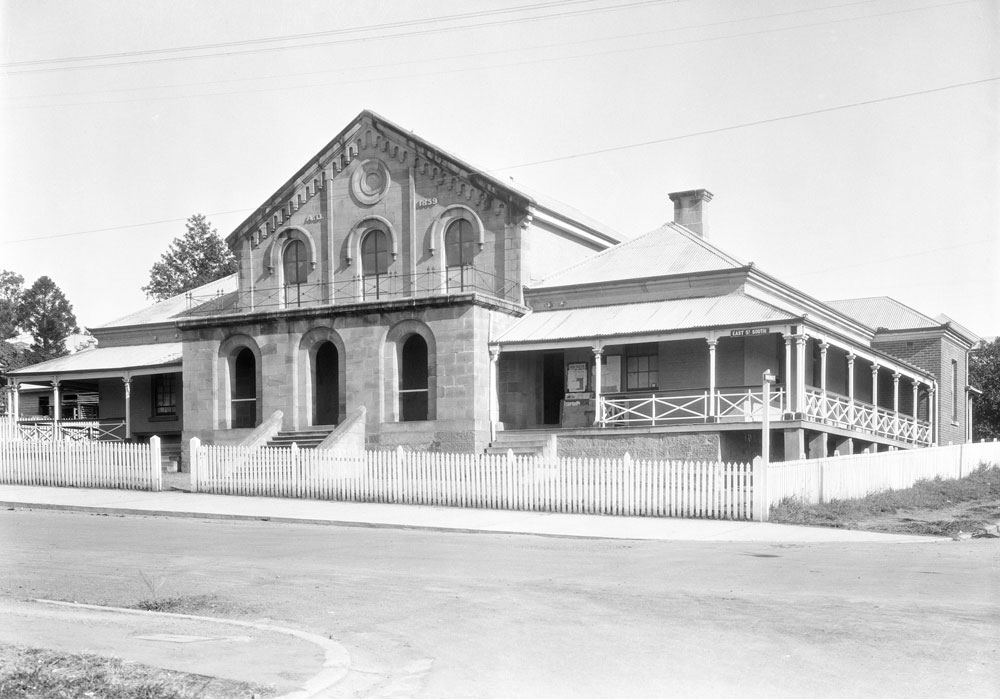
Old Courthouse, East street, Ipswich, 1930s: Picture Ipswich. Whitehead Studios.
In 1858 the town of Ipswich had coffee houses, bathing facilities, banks, an established mining and manufacturing sector, and had a rapidly expanding population.
However, it was still part of the colony of New South Wales and courts were held in timber cottages around the town; mostly hearing small debt cases when magistrates would visit the settlement.
This was all about to change.
As the building of a grand courthouse in Ipswich was underway, the New South Wales Municipalities Act, 1858 came into being allowing towns and villages to seek to be recognised as municipalities.
Ipswich’s economic prosperity and social standing in the north of the colony had demanded an imposing structure should be built as a new courthouse.
This, however, came at a large cost and that is where the ‘state of origin’ dispute begins.
The building was constructed by the New South Wales Government and finished in 1859, but when Queensland separated from New South Wales the following year the debt on the building was inherited by the newly formed Queensland Government.
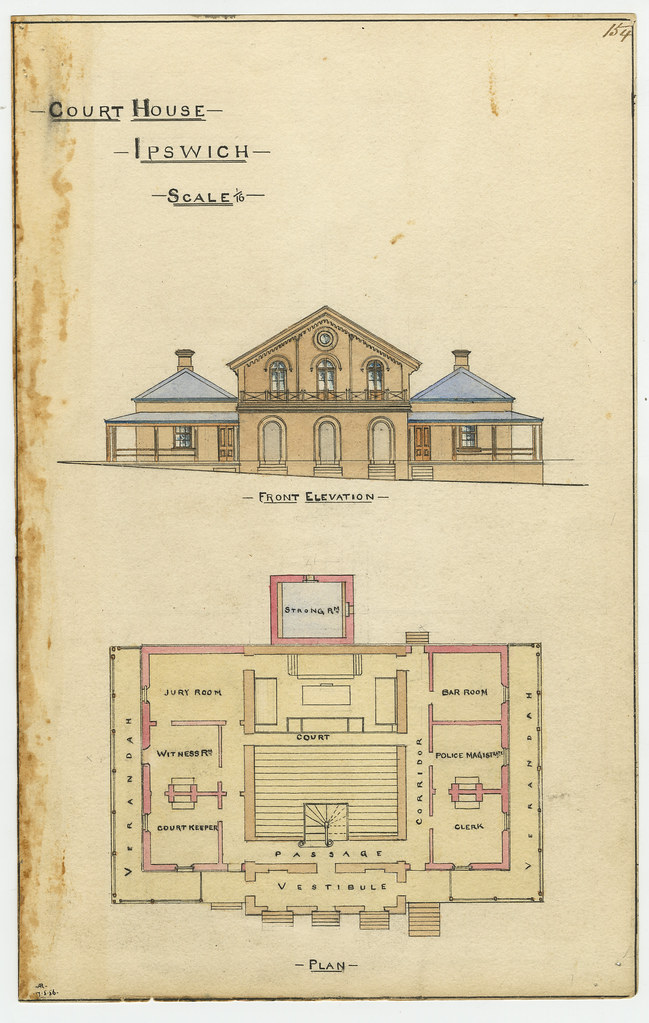
Courthouse design plans
With the sudden change in circumstances the new colony was searching for funds to maintain services and Ipswich Courthouse remained an ongoing dispute between the two states for many years.
Despite the dispute the Ipswich Courthouse remains as an important reminder of the very beginnings of the state of Queensland and its emergence from the shadow of New South Wales.
The building went on to become an important centre for the community, being used for many public meetings and events throughout its life and not just the administration of justice.
It was also the home of the debate about Ipswich governing its own future.
The city’s forefathers were locked in debate whether the emerging settlement should become a municipality under the New South Wales Municipalities Act, 1858.
Opinion was divided and meetings at the Courthouse were described as feisty and controversial, with walkouts by dissenting groups and verbal altercations common place.
It took three meetings before a petition was signed and sent to the Governor of New South Wales on 16 November 1859 – two weeks before the proclamation of the Colony of Queensland.
This only complicated matters further with a counter petition to the new Governor of Queensland, Sir George Bowen on 3 January 1860, asking for the incorporation of the town of Ipswich not to go ahead.
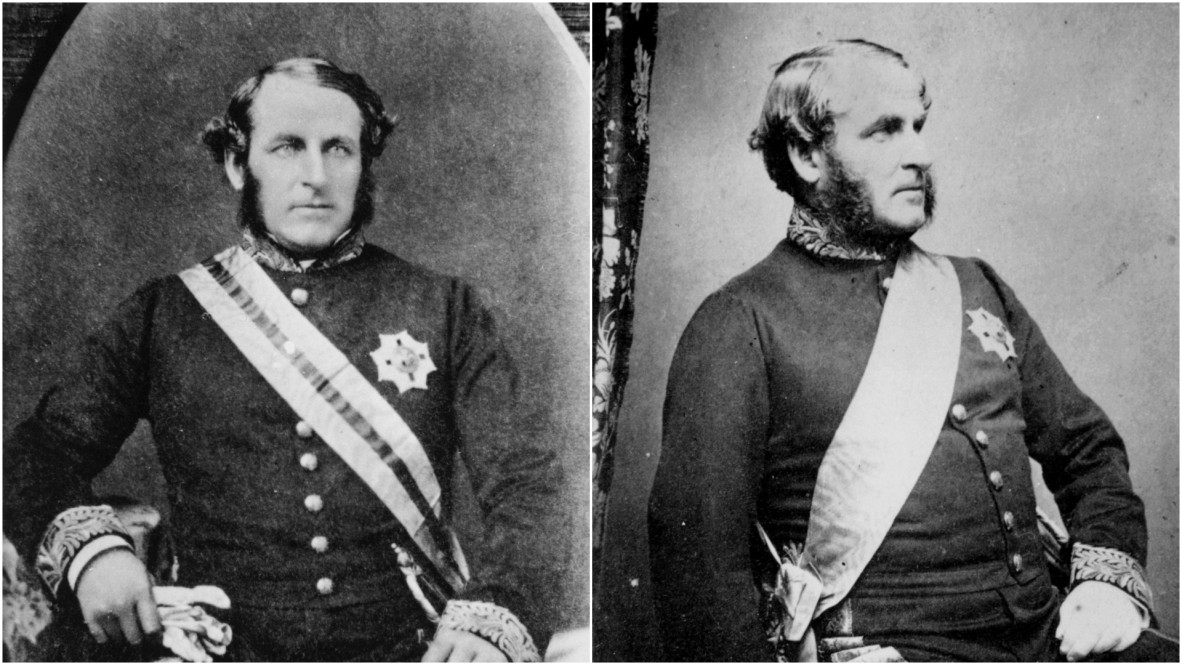
In the end though, Governor Bowen made up his own mind and declared Ipswich a municipality which was then formally gazetted on 3 March 1860 – 164 years ago.
Ipswich, which is known traditionally in the Yagara language as Tulmur, has been home to Aboriginal people many, many years before the beginnings of recorded European arrival.
With the arrival of the Europeans from around 1827 there was conflict between the First Nations peoples and the newcomers and by 1880s an Aboriginal Reserve was set up at nearby Deebing Creek, which later became Deebing Creek Mission.
By 1900, Deebing Creek Mission was receiving Aboriginal people from all over the state and continued for a further 15 years before the mission moved to Purga.
By 1995 the relationship with local First Nations peoples had evolved considerably and led to the Ipswich City Council Indigenous Australian Accord being developed and adopted as part of a reconciliation initiative.
Meanwhile the Courthouse has stood the test of time and seen it all unfold, if only the walls could talk, what stories they would tell.
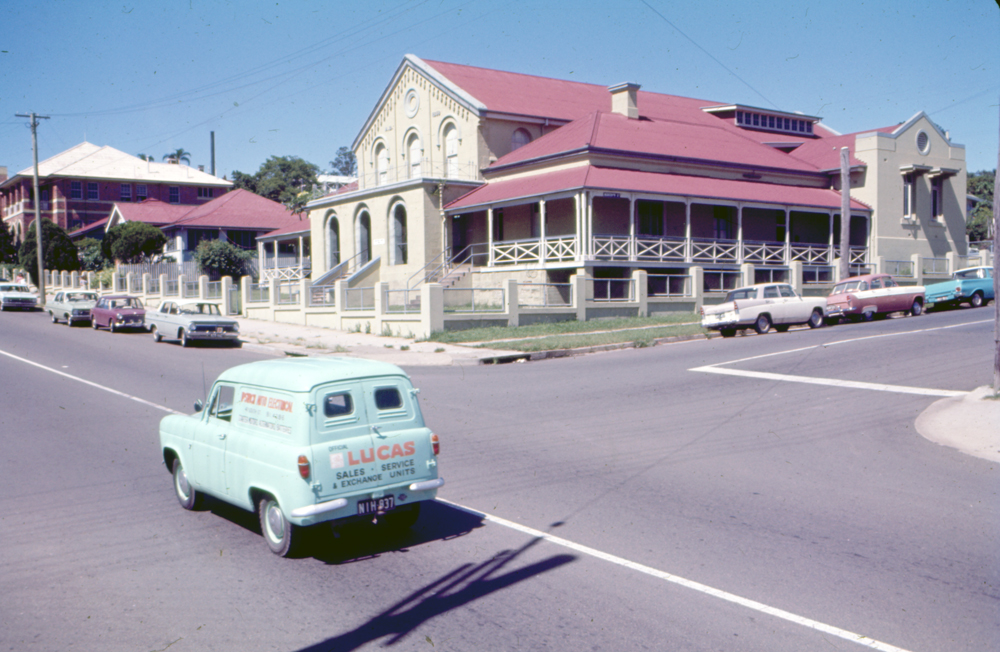
Image by Kerry Smith, 1971: Picture Ipswich. In 1981 the courthouse moved to a new building on the corner of Limestone and East streets, then to a new building at 43 Ellenborough Street in 2009.

